Best Shredders
From leading brands and best sellers available on the web.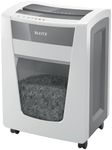
Leitz
Leitz IQ Office Pro P6+ Super Micro Cut Paper Shredder, Shreds 6-5 Sheets (70-80 gsm), 30L Bin, White, 80101000
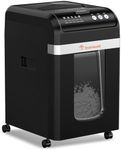
Bonsaii
15%OFF
Bonsaii 200-Sheet Auto-Feed Paper Shredder, 60-Min Continuous Run, P-4 Micro-Cut, 31L Pull-Out Bin, Manual Mode for Credit Cards, Low Noise & Energy-Saving, Heavy-Duty for Office Use, C283-A

Bonsaii
15%OFF
Bonsaii 12-Sheet Micro Cut Paper Shredder, Heavy Duty Shredder for Home Office Runs for 60 Mins, Shredders with 4 Casters & 16 Litres Pullout Bin, Shreds CD, Card, Mail, Staple and Clips(C266-B)
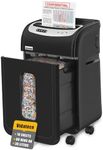
VidaTeco
15%OFF
VidaTeco Mirco-Cut Paper Shredder Heavy Duty, 60-Minute 18-Sheet Shreds Paper/Card/Staple/Clip Paper Shredder for Home Office Use, Security Level P-4 Jam Proof System 30L Pullout Basket and Wheels
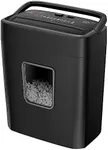
Bonsaii
15%OFF
Bonsaii 8-Sheet Cross-Cut Paper Shredder for Home Office, P-4 Security, Shreds Credit Cards, Staples, Paper Clips, Overheat Protection, Easy Jam Clearance, 16L Bin (C261-C NEW)

Bonsaii
Bonsaii 110-Sheet Auto Feed Office Paper Shredder, 30 Mins Continuous Micro Cut Heavy Duty Paper Shredder, Manual 12-Sheet Home Office Credit Card Shredder with 4 Wheels, 23L Bin (C233-B upgrade)

Bonsaii
15%OFF
Bonsaii Heavy Duty Paper Shredder, 60-Minute 18 Sheets Cross Cut Office Credit Card Shredders for Industrial and Business Use, 23-Litre Pullout Bin with 4 Casters, Black (C149-C)

WOLVERINE
10%OFF
WOLVERINE 18-Sheet 60 Mins Running Time Cross Cut High Security Level P-4 Heavy Duty Paper/CD/Card Ultra Quiet Shredder for Home Office with 22-Litre Pullout Waste Bin SD9113(Black)
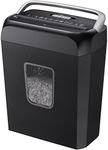
Bonsaii
29%OFF
Bonsaii 6 Sheet Cross Cut Paper Shredder, Compact Shredder for Home & Small Office Use, Shreds Credit Cards, Staples, and Clips, Portable Handle Design, 13L Bin (C237-B Upgrade Version)







